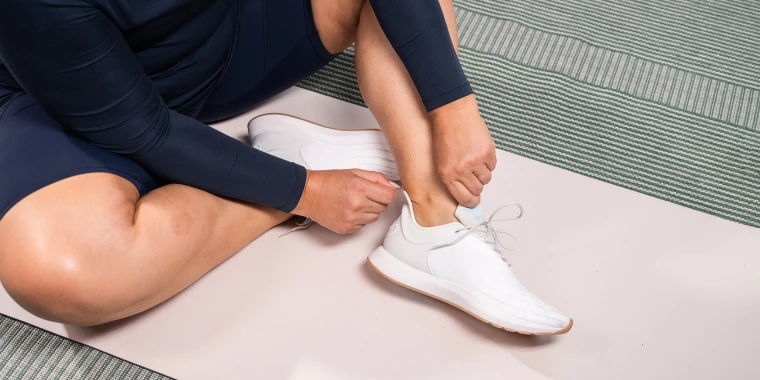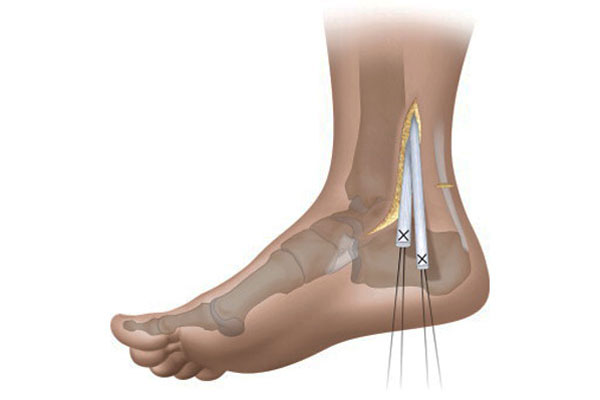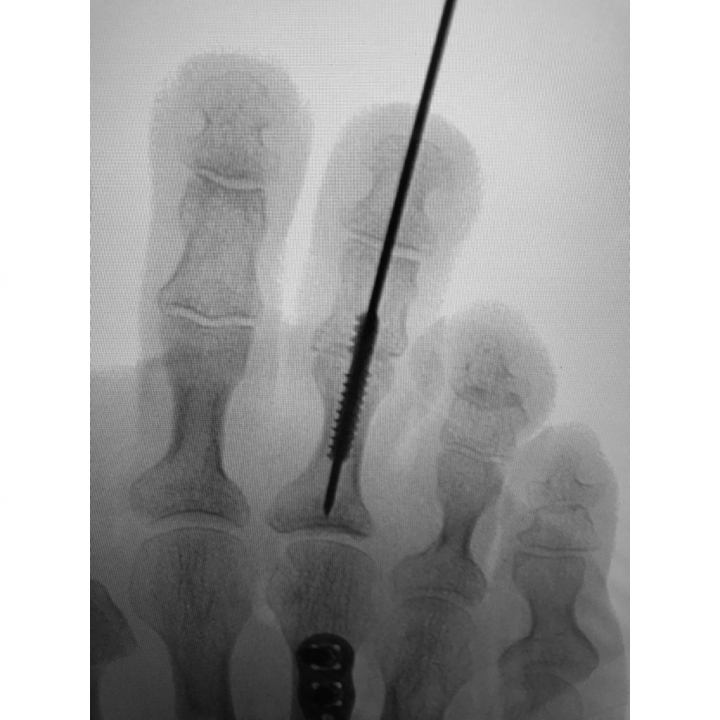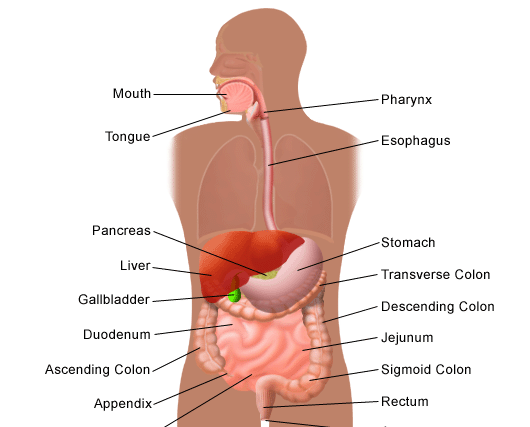Discover effective Exercises and Footwear Tips for Hammertoe Relief. Strengthen, stretch, and soothe your feet with our expert guide to managing hammertoe discomfort.
Introduction
Struggling with hammertoe can be both painful and limiting, but there’s hope. This comprehensive guide offers a deep dive into practical exercises and footwear choices that promise significant relief. Whether you’re exploring non-invasive solutions or considering surgical options, our insights will empower you with the knowledge to improve your foot health and quality of life.
Table of Contents
Effective Exercises and Footwear Tips for Hammertoe Relief
Which Exercises can Give Hammertoes Relief?
Incorporating regular exercises into your routine can offer significant benefits for managing hammertoes. These exercises aim to strengthen toe muscles, enhance flexibility, and alleviate discomfort. Below are some effective exercises:
Toe Stretching
Gently stretching your toes can help alleviate stiffness and pain. This involves pulling on your toes to extend them, promoting flexibility and comfort.
Towel Scrunches
Lay a towel on the floor and use your toes to gather it toward you. This exercise strengthens the muscles beneath your feet and toes, enhancing muscle control and stability.
Marble Pick-ups
Picking up marbles or similar small objects with your toes and transferring them to a bowl can significantly improve toe dexterity and muscle strength.
Toe Extensions with Resistance
Using rubber bands for resistance, try to straighten your toes. This activity strengthens the extensor muscles, crucial for counteracting the bent posture of hammertoes.
Ball Rolling
Massaging the bottom of your foot with a small ball, like a golf ball, helps release tension, improve blood circulation, and reduce discomfort in the foot.
Footwear Recommendations for Hammertoe Comfort

Choosing the right footwear is essential for managing hammertoes effectively. Here are some guidelines for selecting shoes that support hammertoe relief:
Opt for a Wide Toe Box
Selecting shoes with ample space in the toe box allows your toes to lay flat, preventing additional pressure and exacerbation of the hammertoe condition.
Choose Soft Materials
Footwear crafted from soft, pliable materials can better accommodate and conform to the shape of your foot, reducing pressure on sensitive areas.
Low Heel Height
Shoes with a lower heel are preferable as they minimize pressure on the front of the feet, helping to alleviate the discomfort associated with hammertoes.
Seek Adjustable Features
Shoes equipped with straps or laces that can be adjusted can accommodate fluctuations in foot size, offering a more comfortable and tailored fit.
Accommodate Orthotics
Shoes that can fit custom orthotic devices are beneficial. Orthotics, especially those customized by a podiatrist, can provide the specific support and relief needed for hammertoe conditions.
Ensure Proper Arch Support
Footwear with adequate arch support helps to distribute body weight more evenly, reducing the strain on your toes and aiding in hammertoe management.
When to Opt for Surgical Solutions for Hammertoes
Surgery becomes a consideration for hammertoe treatment when non-invasive methods—like exercises, orthotics, and suitable footwear—fail to provide adequate relief. The goal of surgical intervention is to alleviate discomfort, rectify the toe’s deformity, and enhance its functionality. Here’s a comprehensive overview of the surgical alternatives for hammertoes, detailing the types of surgeries, expectations during recovery, and the long-term benefits.
Surgical Treatments for Hammertoes
Tendon Transfer
Best For: Those with flexible hammertoe conditions.
Procedure: Redirecting tendons from the bottom to the top of the toe to facilitate straightening.
Expected Outcome: Corrects the deformity while preserving toe flexibility.

Joint Resection (Arthroplasty)
Best For: Patients with rigid hammertoe deformities.
Procedure: Removing or reshaping part of the joint to allow the toe to straighten.
Expected Outcome: Alleviates pain by straightening the toe.

Fusion (Arthrodesis)
Best For: Severe, rigid hammertoe cases.
Procedure: Fusing the bones of the affected joint together using hardware like pins or screws.
Expected Outcome: Permanently straightens the toe but restricts joint movement.

Implantation of Devices
Best For: A range of hammertoe conditions needing toe stabilization.
Procedure: Inserting devices to maintain correct toe positioning during healing.
Expected Outcome: Stabilizes the toe in a corrected alignment for proper healing.

Recovery Expectations
Post-Surgery Care: May involve wearing a protective shoe or boot and managing swelling and discomfort with medications.
Physical Therapy: Exercises to regain strength and motion might be recommended.
Recovery Timeframe: Full recovery can span from weeks to months, with walking typically resuming shortly after surgery in a specialized shoe.
Long-Term Benefits
Pain Relief: Many patients experience significant reductions in pain post-surgery.
Functional and Cosmetic Improvement: Surgery can enhance both the appearance and functionality of the toe.
Activity Resumption: Patients often return to normal activities, albeit with recommendations to avoid certain footwear like high heels.
Considering Surgery
Set Realistic Expectations: Discuss outcomes, recovery, and potential risks with your surgeon.
Experience Matters: Choose a surgeon with a strong track record in foot and toe surgeries.
Be Aware of Risks: Understand the potential for infection, nerve damage, or recurrence.
Lifestyle Modifications and Nutritional Support
Lifestyle Adjustments for Hammertoe Management
- Weight Control: Reduces foot pressure to mitigate hammertoe risk.
- Foot Monitoring: Regular checks for signs of hammertoes, crucial for individuals with diabetes.
- Shoe Choices: Avoiding high heels and opting for supportive footwear can prevent hammertoe complications.
- Foot Care: Daily stretches and massages can enhance flexibility and blood flow.
Nutritional Guidelines for Foot Health
- Essential Nutrients: Calcium, vitamin D, magnesium, omega-3 fatty acids, and vitamin C support bone strength, muscle function, and reduce inflammation.
- Balanced Diet: Incorporate diverse foods to secure these nutrients.
- Specialized Advice: Consulting a nutritionist can optimize your diet for foot health, particularly for those with dietary restrictions or specific health conditions.
Making informed decisions about hammertoe surgery and implementing lifestyle and dietary changes can significantly improve your quality of life and foot health.
FAQ Section
Q: What exercises can help with hammertoe relief? A: Toe stretching, towel scrunches, marble pickups, toe extensions with resistance, and ball rolling are all effective exercises for strengthening toe muscles, enhancing flexibility, and alleviating discomfort.
Q: How does the right footwear contribute to hammertoe management? A: Choosing shoes with a wide toe box, soft materials, low heel height, adjustable features, and proper arch support can prevent additional pressure on the toes and aid in hammertoe relief.
Q: When should I consider surgery for hammertoes? A: Surgery is considered when non-invasive methods fail to provide adequate relief. It aims to alleviate discomfort, correct the toe’s deformity, and enhance functionality.
Q: What are the long-term benefits of hammertoe surgery? A: Post-surgery, many patients experience significant pain relief, functional and cosmetic improvement of the toe, and a return to normal activities with certain footwear recommendations.
Conclusion
Hammertoe doesn’t have to dictate the terms of your mobility and comfort. With the right exercises, footwear adjustments, and, when necessary, surgical interventions, you can regain control over your foot health. Remember, early intervention and informed choices are key to managing hammertoe effectively. Embrace these strategies to step towards a life free from discomfort and limitations.











I’m truly impressed with your deep insights and superb way of expressing complex ideas. The knowledge you share clearly stands out in every piece you write. It’s obvious that you put a lot of effort into delving into your topics, and the results is well-appreciated. We appreciate your efforts in sharing such detailed information. Continue the excellent job!